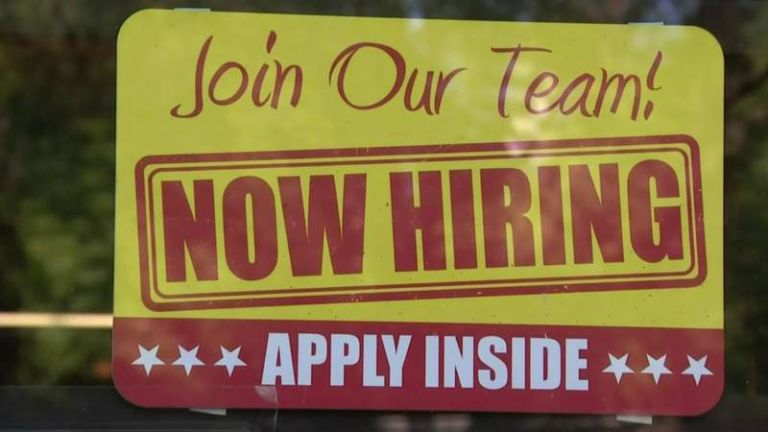In today’s Daily Journal, the John Locke Foundation’s Roy Cordato talks about the devastating impact Seattle’s new $15/hour minimum wage will have on teenagers and low-skilled workers. Yesterday, Andrew Puzder, CEO of the company that owns Hardee’s, talked about some of the exact same issues in the Wall Street Journal.
His piece is worth reading in full, but the argument is actually very simple. To get on the ladder, young people and low-skilled workers need opportunities. Increases in the minimum wage and the regulations associated with Obamacare increase the costs to employers of hiring those workers. Therefore, it reduces the jobs available.
The bottom line on labor: Make something less expensive and businesses will use more of it. Make something more expensive and businesses will use less of it. The Congressional Budget Office has forecast a loss of 500,000 jobs should the president’s proposal to increase the federal minimum wage to $10.10 an hour become law.
The CBO also forecast that this increase would lift a number of people who already have jobs above the poverty threshold. For 500,000 unemployed people, however, that’s 500,000 opportunities American businesses will never create.
He’s not really speculating here. Puzder is CEO of a company that employes a lot of just these types of workers, so he deals with these realities every day. His own career started with a job scooping ice cream at Baskin-Robbins. And beyond his personal experience, he has Bureau of Labor Statistics (BLS) numbers on youth employment, which he cites in his piece. Spoiler alert: they’re really bad.
• In February the Bureau of Labor Statistics (BLS) recorded the lowest percentage of 16- to 19-year-olds working or actively looking for work (32.9%) since the bureau started tracking the data in 1948. The BLS recorded the second-lowest labor-participation rate for this group in April (33.2%) and the third-lowest in January (33.3%). May’s rate was the sixth lowest (33.8%).
• Over the past two years, the BLS has recorded some of the worst labor participation rates for 20- to 24-year-olds since 1973, when the Vietnam War was beginning to wind down. In August 2012, the 69.7% rate was the lowest since ’73. The second-lowest (70%) came in March last year. This year, the third-lowest rate came in April (70.2%). May’s rate was a still-miserable 71%.
• Looking at the seasonally unadjusted data—which is what the BLS makes publicly available—for 25- to 29-year-olds, the April 2014 labor-participation rate was the lowest the BLS has recorded since it started tracking the data in 1982 (79.8%). May’s rate was the second-lowest (79.9%). January, February and March tied with the fourth-lowest (80.3%).
That’s my emphasis added, because I think it’s remarkable that the impact is felt all the way up through 29-year-olds. Yes, 29 is young, but it’s not THAT young. If people are still finding it difficult to find jobs at 29, the we really do have a long-term, systemic problem.
The only answer is what Puzder prescribes: more opportunities.
To get on the ladder of opportunity, America’s young people need jobs. Creating disincentives to hire them diminishes the notion that “if you work hard and take responsibility, you can get ahead.” The reality is that you can’t get ahead if you can’t find a job.


